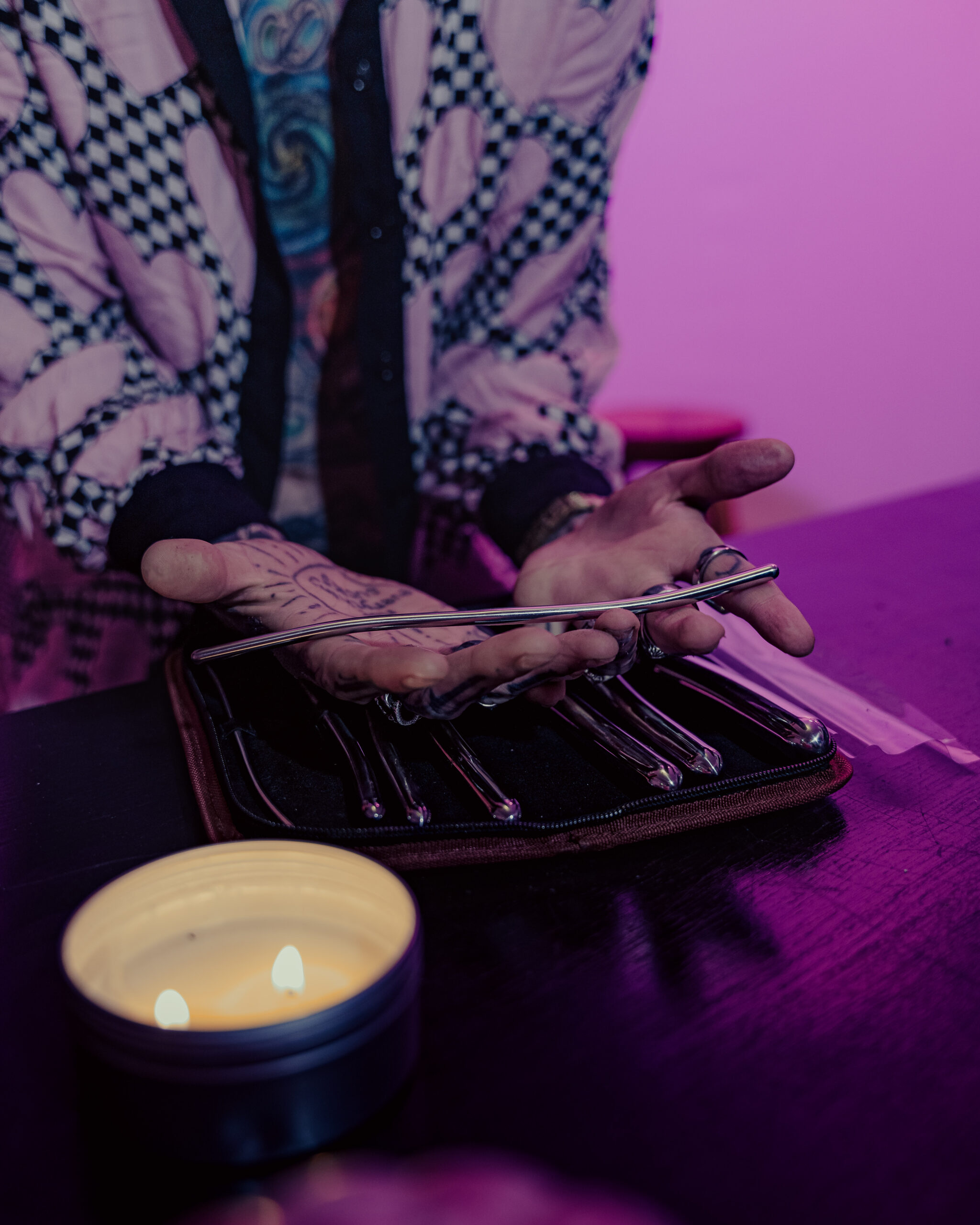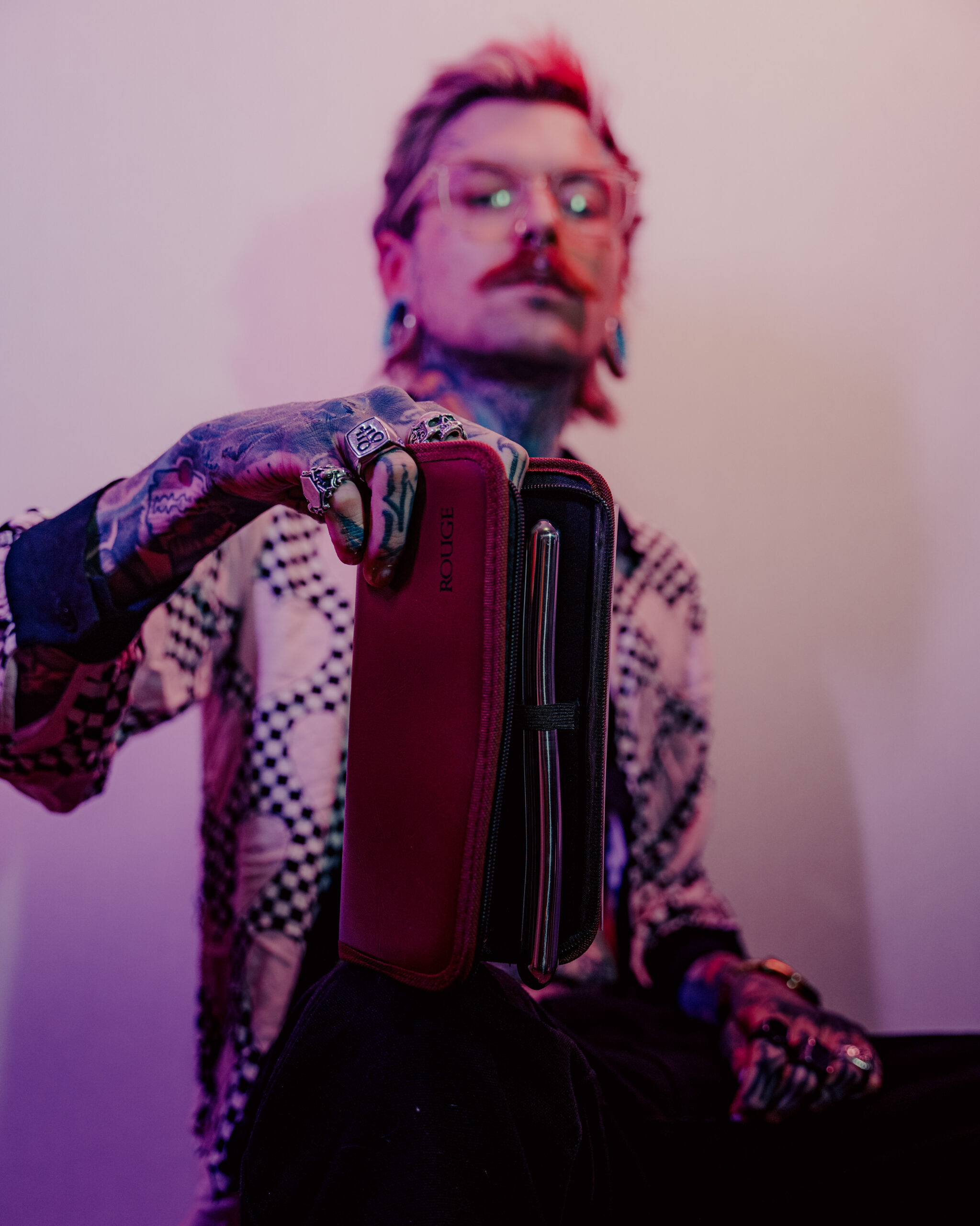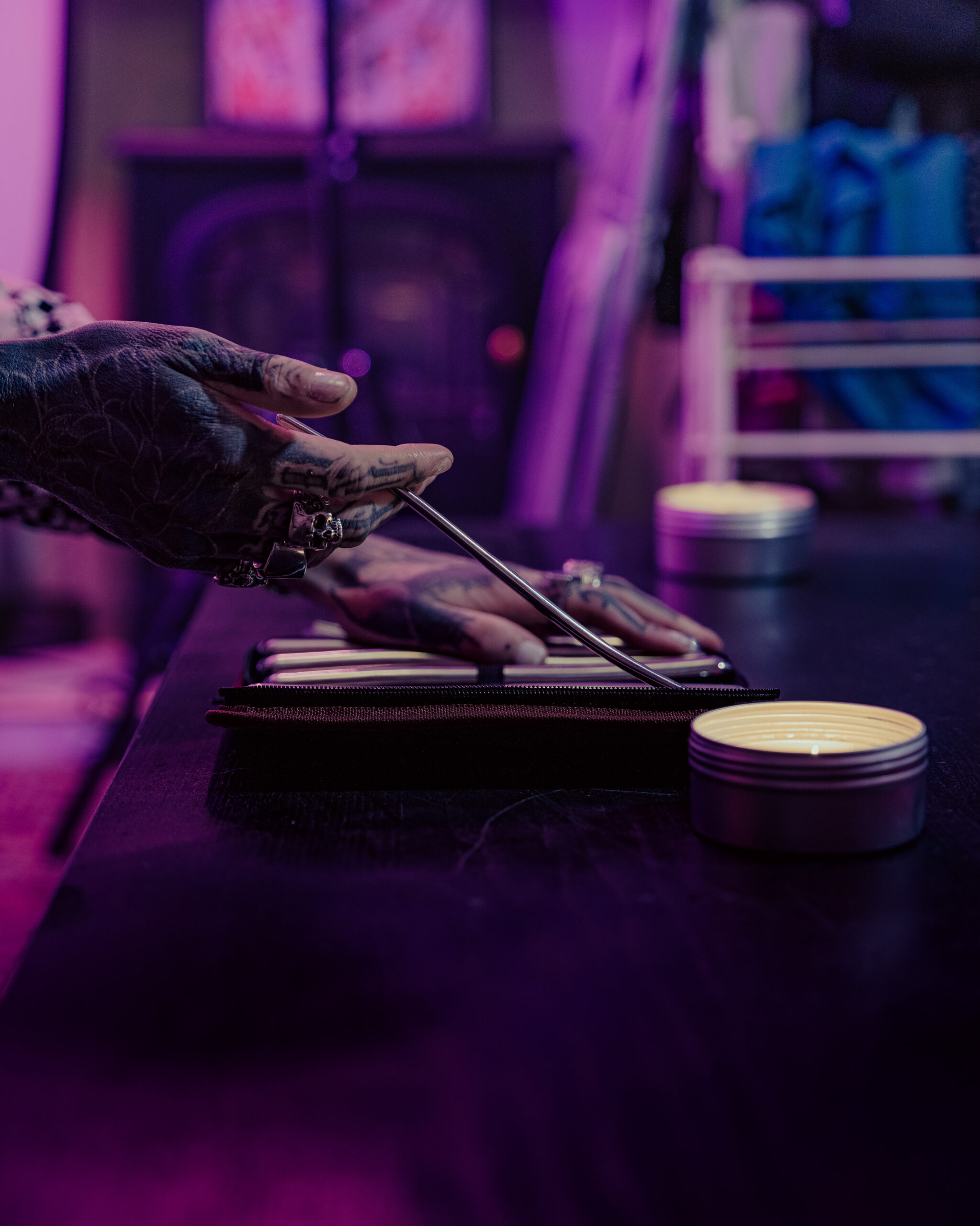Clothed Sex Fetish: An Overview
Clothed sex fetish, also known as endophilia, is a type of sexual fixation where individuals are drawn to being dressed up or clothed in certain attire, often for sensual or erotic pleasure. This phenomenon has long been shrouded in mystery and societal taboo, leaving many questions about its origins, motivations, and psychological underpinnings. Despite being a relatively obscure aspect of human sexuality, clothed sex fetish has captured the imagination of scholars, researchers, and enthusiasts alike, sparking a growing body of literature and discussion around this enigmatic topic.
Definition and Prevalence
Clothed sex fetish, also known as endytophilia, refers to a type of sexual attraction or fixation where an individual derives pleasure from clothing being worn during sexual activity. This can include a wide range of scenarios, such as watching a partner get dressed, undressing in front of the individual, or engaging in clothing-related activities like dressing up or undressing together.

Endytophilia is a relatively niche fetish with limited research available on its prevalence and demographics. However, it is estimated that endytophilia is one of the lesser-known fetishes within the broader category of sex fetishes. Despite this, many individuals who identify as having an endytophilia may still struggle to find community support or understanding from their partners, friends, and family.
One reason for the limited understanding and acceptance of endytophilia is its subtle nature. Unlike other fetishes that may be more overt or attention-seeking, such as foot fetishism or leather fetishism, endytophilia often involves a more discreet aspect of clothing itself rather than specific articles of clothing.
Research on the prevalence of endytophilia suggests that it affects both men and women, although its manifestation may vary between these groups. While some studies indicate that endytophilia is relatively rare, others propose that it might be more common than initially thought due to underreporting and social stigma.
Exploring the allure of endytophilia can also reveal a deeper psychological and emotional aspect of human attraction and intimacy. For those who identify with this fetish, the act of dressing or undressing may represent a sensory experience, an opportunity for role-playing, or even an emotional connection with their partner.
Understanding endytophilia and its place within the broader spectrum of human sexuality can help promote greater acceptance, education, and support for individuals who identify as having this fetish. By exploring the complexities and nuances surrounding endytophilia, we may uncover new insights into the intricate nature of human desire and intimacy.
History of Endytophilia
Clothed sex fetish, particularly endytophilia, has long been a topic shrouded in mystery and taboo. This complex and often stigmatized desire revolves around the appeal of intimate contact with an individual who is dressed or partially clothed. As a manifestation of human sexuality, endytophilia taps into various psychological, emotional, and physical aspects of human experience.
Ancient Civilizations and Cultural Influences

Endytophilia, a form of erotic fetishism, involves an intense attraction to clothing as a means of sexual arousal or gratification. This fascination with clothed sex has its roots in ancient civilizations, where garments played significant roles in various cultures.
In ancient Greece and Rome, for instance, clothing was often imbued with symbolic meanings that extended beyond mere functional purposes. The way one wore their clothes could convey social status, marital status, or even spiritual devotion. For example, the ancient Greeks wore tunics and togas with intricate designs that signaled a person’s wealth, rank, or occupation.
In many indigenous cultures of the Americas, clothing was considered an integral part of spiritual practice and ceremonial rituals. The elaborate headdresses, feathered costumes, and colorful textiles worn during these events not only signified cultural identity but also held spiritual significance. These customs suggest that the use of clothing in a fetishistic context is not unique to modern times but has been present throughout human history.
The influence of ancient cultures can be seen in various aspects of endytophilia, including the symbolism associated with different fabrics, colors, and textures. For instance, lace has long been considered a sensual material, evoking feelings of intimacy and delicacy. Similarly, certain types of velvet or silk may evoke images of luxury, nobility, or even eroticism.
Throughout history, societal attitudes toward clothing and sex have been complex and often contradictory. On one hand, modesty and propriety were highly valued in many cultures, leading to the suppression of explicit expressions of sexuality. On the other hand, the art of seduction and the use of clothing as a means of allurement have long been recognized as essential components of human courtship and intimacy.
Today, endytophilia remains a complex and multifaceted phenomenon, with its roots in diverse cultural traditions and historical contexts. As a form of erotic expression, it continues to fascinate and intrigue people worldwide, reflecting our deep-seated desires for connection, intimacy, and self-discovery through the use of clothing.
Psychological Aspects
Clothed sex fetish, also known as endytophilia, is a complex and often stigmatized aspect of human desire that continues to fascinate and intrigue those who engage with it. This particular fixation involves the arousal or sexual pleasure derived from clothing and textiles, which can be worn by both partners during intimate activities. The psychological aspects of endytophilia offer insights into the intricate relationships between sensation, identity, power dynamics, and emotional intimacy.
The Role of Fantasy and Escape
Human psychology is deeply rooted in the concept of escapism, where individuals seek refuge from the mundanity of everyday life through various forms of fantasy and indulgence. One such phenomenon is endytophilia, a sex fetish that involves being dressed up or clothed by another person. On the surface, this may seem like an unusual fascination, but upon closer examination, it reveals itself to be a complex manifestation of human psychology.
One possible explanation for the allure of endytophilia lies in the desire for control and intimacy that comes with dressing someone else up. In a world where individuals often feel powerless or anonymous, being dressed by another person can create a sense of closeness and submission, evoking feelings of vulnerability and trust. This dynamic can be especially appealing in situations where one party is able to tailor their attire to suit the other’s desires, fostering a deep-seated sense of emotional connection.
Another aspect of endytophilia involves the psychological tension between restraint and freedom. When an individual is clothed by another person, they are simultaneously surrendering control over their own body and allowing themselves to be guided by another’s desires. This push-and-pull dynamic can create a sense of exhilaration and excitement, as individuals navigate the blurred lines between submission and empowerment.
Furthermore, endytophilia taps into deeper societal anxieties surrounding identity, vulnerability, and human connection. In an era where people are increasingly encouraged to present themselves in a curated and controlled manner, the act of being dressed by another person can be seen as a liberation from these expectations. By surrendering one’s appearance to another, individuals may experience a sense of unbridled self-expression and freedom from the pressures of societal conformity.
Societal Attitudes and Stigma
Societal attitudes towards sex and intimacy are often shaped by complex webs of norms, values, and cultural expectations. However, certain aspects of human sexuality remain shrouded in secrecy and stigma, leading to a lack of open discussion and education. One such aspect is endytophilia, a sexual fetish that revolves around the allure of clothed sex. Endytophilia, which stems from the Greek words “endyon,” meaning underwear, and “philia,” meaning love or fondness, involves a strong desire for erotic stimulation while wearing clothing, often in conjunction with other forms of attire or costumes.
Shame and Guilt Associated with Endytophilia
Clothed sex fetish, particularly endytophilia, is often shrouded in secrecy and taboo, leading to complex societal attitudes and stigma surrounding this preference. Individuals who exhibit a strong desire for clothing to be worn during sexual activities may face shame and guilt, not only from themselves but also from others due to the socially accepted norms of undressing before intimacy.
The fear of judgment and rejection from family, friends, and partners can lead to endytophiliacs hiding their desires, even from those closest to them. This secrecy perpetuates stigma, causing individuals to feel ashamed or guilty about their preferences. Furthermore, the lack of open discussion around clothed sex fetish may result in inadequate mental health support and resources for those struggling with the associated emotions.
Stigma surrounding endytophilia can also manifest in the form of discrimination within certain communities, such as the BDSM (Bondage, Discipline, Dominance, Submission, Sadism, Masochism) scene. Some individuals may view clothed sex fetish as “unnatural” or “abnormal,” leading to exclusion or marginalization from social groups.
It is essential to acknowledge that endytophilia, like any other sexual preference, should be respected and accepted within the context of a healthy and consensual relationship. By promoting open dialogue and education, we can work towards reducing stigma and shame associated with clothed sex fetish, allowing individuals to express their desires without fear of judgment or rejection.

Types of Clothed Sex Fetishism
Clothed sex fetishism, also known as endytophilia, is a type of sexual fascination that involves an attraction to clothing as a key element in sexual arousal. This can manifest in various ways, such as being dressed up or undressed in front of one’s partner, or having specific types of clothing used as a prop in intimate encounters.
There are several sub-types of clothed sex fetishism, each with its own unique characteristics and preferences. For example, some individuals may be drawn to “latex fetishism”, which involves a strong attraction to items made from latex, such as gloves, stockings, or bodysuits. Others may have an affinity for “corsetry fetishism”, which centers around the wearing of restrictive corsets that accentuate the human form.
A third type of clothed sex fetishism is “dress-up fetishism”, which involves an interest in role-playing scenarios where individuals dress up in different costumes, such as uniforms, cosplay outfits, or period-specific attire. This can be a fun and creative way for couples to explore new desires and fantasies together.
Clothing Types Associated with Endytophilia
Clothed sex fetishism, also known as endytophilia, refers to the sexual arousal or attraction towards individuals who wear clothing, especially when it is restrictive or provocative. This type of fetishism encompasses a range of interests, from modest dress to revealing attire, and can involve various aspects of clothing such as fabric texture, style, color, and fit.
One common aspect of endytophilia is the emphasis on restriction and confinement. This can manifest in fantasies or real-life scenarios where clothing is tight, constricting, or even binding. For example, individuals may find arousal in seeing someone wear a corset, a tightly laced dress, or other forms of constrictive attire.
Another aspect of endytophilia involves the fetishization of specific clothing items, such as stockings, girdles, or bodysuits. These items can be worn for their aesthetic value, functional significance, or both. In some cases, individuals may collect and hoard specific types of clothing that hold erotic appeal.

Clothing types associated with endytophilia include but are not limited to lingerie, swimwear, corsets, and stockings. The use of these items can be a means of expression, intimacy, or seduction, and can take many forms, including role-playing, sensual massage, or other forms of erotic interaction.
Fashionable attire can also play a significant role in endytophilia, with some individuals finding arousal in the sight of stylishly dressed people, particularly those who embody certain styles or aesthetics. For instance, some may be attracted to models, actors, or musicians known for their fashion sense, while others may find pleasure in seeing someone wear specific brands or designs.
Endytophilia can manifest in various contexts, including social interactions, media consumption, and personal collections of clothing items. Understanding the complexities of this fetishism can provide insight into the human desire for sensory exploration, creativity, and intimacy.
Relationships and Communication
Clothes play a significant role in human relationships, extending beyond functional purposes such as modesty and hygiene to become an integral part of our emotional and psychological connection with others.

Endytophilia, the sexual attraction to or fascination with clothed individuals, highlights the complex interplay between aesthetics, intimacy, and desire. This fetish not only reveals our deep-seated attachment to certain textures, colors, and patterns but also underscores the intricate web of power dynamics, consent, and emotional connection that underlies human relationships.
The Role of Partner Consent and Open Communication
Clothes play an essential role in many aspects of human life, including intimacy and relationships. One of the lesser-known yet highly arousing sexual fetishes is endytophilia, which involves a strong attraction to clothing, particularly on oneself or one’s partner. This fetish can manifest in various ways, such as enjoying the sensation of wearing clothes that feel constrictive or itchy, or deriving pleasure from the sight of their partner wearing certain attire.
- Endytophilia is not just about aesthetics; it’s also deeply rooted in psychological and emotional connections. People with this fetish often seek reassurance through clothing, which can be a reflection of deeper desires for security, comfort, or a sense of being protected.
- The role of partner consent is crucial in any relationship, and endytophilia is no exception. Open communication and mutual respect are key to navigating the boundaries and desires surrounding this fetish. Partners must discuss and agree on what clothing items are acceptable, comfortable, and enjoyable for both parties.
- A lack of open communication can lead to misunderstandings, hurt feelings, or even physical discomfort. For example, a partner might unintentionally make their endytophilian partner feel restricted or uncomfortable by wearing certain clothes without considering their boundaries.
Effective communication is essential in any relationship, especially when it comes to exploring and satisfying complex desires like endytophilia. By prioritizing open and honest dialogue, partners can create a safe and nurturing environment where both parties feel valued, respected, and comfortable expressing their needs and wants.
Buy large butt plugs for advanced users at Peaches and Screams Explore Fetish Collection for daring and intense pleasure at Peaches and Screams Shop Christmas lingerie for festive fun at Peaches and Screams Discover pleasure pillows for a more comfortable and exciting play at Peaches and Screams Explore double-ended dildos for dual pleasure at Peaches and Screams
Plinr Kindra Mann Detailed Weddings LA Humboldt Apothecary CBD Fashionably Balanced

